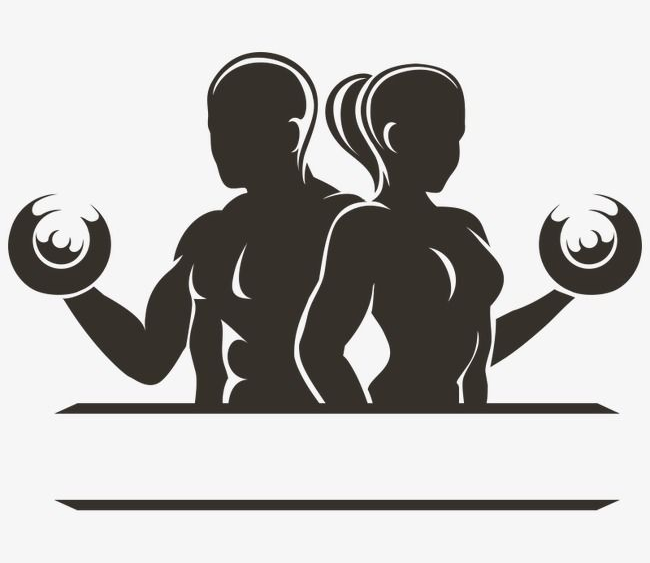
What Are The Benefits of Working My Chest With Dumbbells?
While there aren’t any instant solutions — your muscles just need time to heal — there are some strategies you can use to ease soreness and aid recovery. Here’s what you should know:
“The second you put two weights into your hands, it becomes doubly hard to stabilize them. The smaller muscles in your shoulder joints learn to stabilize those joints, while the big muscles (the pecs, mainly) work harder to control the weights, preventing them from drifting in all directions. Dumbbell training offers the following benefits for chest gains.
#1 Dumbbells allow a greater range of motion. When you perform bench presses with a barbell, the bar hits your chest before your pectoral muscles achieve a full stretch. That’s not so bad if your goal is to press the biggest weight you can. But if you want to gain size and athletic performance, you may be better off with dumbbells, which allow you to lower the weights past chest level—maximally stretching the pecs and activating more muscle fibers. A study from the Journal of Strength and Conditioning Research suggests that larger ranges of motion lead to more muscle growth.
#2 Dumbbells place less stress on your joints. Funny thing about the human body: it only looks symmetrical. In fact, your shoulders, hips, wrists and other joints are all slightly different, from one side to the other. So when you force the body to move with perfect symmetry—as when you lower an evenly-weighted bar directly to the middle of your chest—one side will always take on a little more of the stress than the other. Do this often enough, and the joints on that side will start to complain.
Dumbbells allow both sides of your body to find their optimal path when performing an exercise. Your wrists are free to rotate, and your elbows and shoulders can travel along the path that’s most comfortable for them, essentially customizing the exercise for your body. That places the stress of the exercise right where it belongs—in your muscles, and not your joints.
#3 Dumbbells give you balanced development and strength. This builds on our last point. You may feel like your right and left arm push with equal force on the barbell bench press, but humans are very good at compensating—throwing a little more stress onto their stronger side while favoring their weaker one. That’s not possible with dumbbells: your right and left sides have to stabilize and push with equal force—and if one side lags behind, you feel it immediately. This ensures that you never push a set farther than your weaker side can handle. Eventually, the strength on your two sides evens out. And if you need extra work to bring up the weaker side, dumbbells make doing a few more reps with it simple to do.
#4 Dumbbells work the pecs harder. Bench-press a pair of dumbbells and you’ll feel that the chest muscles have to contract at the top of the movement to prevent the weights from drifting outward. That’s not something you need to worry about when your hands are connected by a steel bar. A 2017 study found that dumbbell bench presses activate the pectoralis major—the impressive slab that makes up most of the chest musculature—more effectively than both the barbell bench press and the Smith machine bench press.

